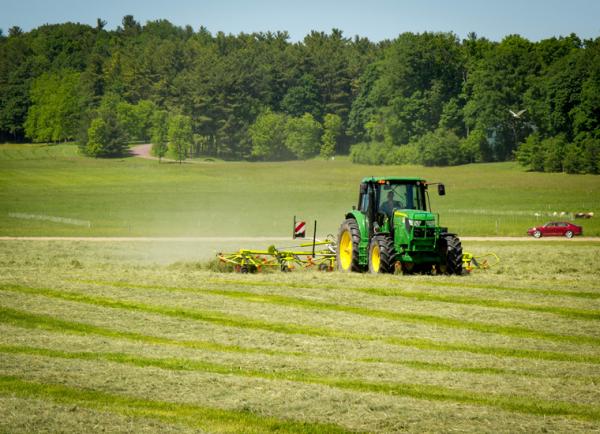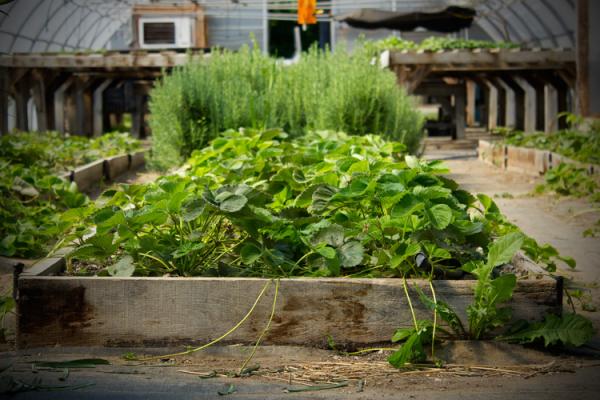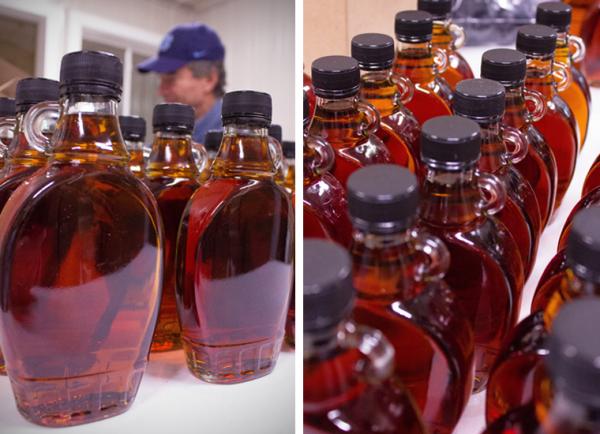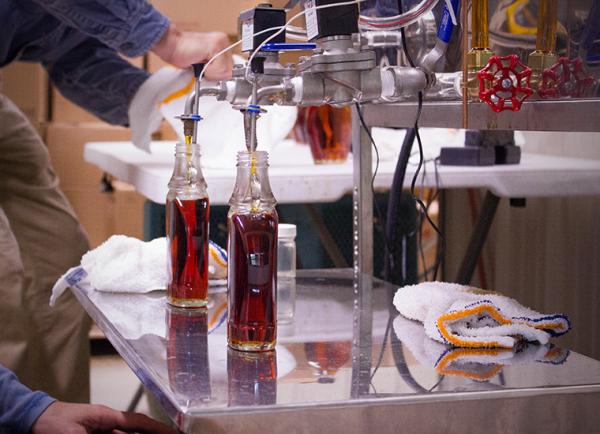Farming Update - June 15, 2016
The weeks have been full of cutting hay — we’re finishing up first cuttings this week, and second cuttings will begin tomorrow. We have two strategies to accommodate the breeding schedule of the Bobolinks and Savannah Sparrows (see related blog). First, we cut 100 acres very early: during or before the last week in May. Then, we wait 65 days before we cut again. This gives the birds enough time to reproduce and fledge in between cuttings. The typical time to wait is 30-35 days. The second practice is to simply wait until August to cut another 150 acres, and we use the hay we bale from these fields for animal bedding in the winter. We bale up as much as we can use because removing the brown mulch layer helps the fields green up more quickly the following spring. This sort of habitat is most attractive to the birds when they arrive in the spring looking for nesting sites.
The first lambs of the season — born in February — will be sent to the Inn next week.
The 4H students will be prepping for their first show on July 17th at the Franklin County Fair.
- Sam Dixon, Dairy Farm Manager
Soon it will be time to harvest zucchini, cucumbers, beans, Napa cabbage, and snow peas for the Inn restaurant. The spinach season is waning; we’ll harvest the last of it this week and then wait until the fall harvest for more. We’ve completed the bulk of plantings, and we’ll be transplanting fall crops (like broccoli) from the greenhouse to the fields next week.
Deer and squirrels have been plaguing the strawberries, peas, and beets! In fact, this is the first time in nine growing seasons that deer have been a real concern in the garden. With a mild winter and wooded areas being cleared in Shelburne, the population on the Farm is much greater than normal.
Summer camps start this week, and we will be welcoming kids to the Market Garden to help with the harvesting.
- Josh Carter, Market Garden Manager
The last of the syrup has been filtered, bottled, and sent to the Inn and the Welcome Center. The syrup is filtered and bottled right around 200°F at the new sugarhouse at the Market Garden. It took six bottlings to finish the season, producing over 600 gallons in total.
We’ve also spent roughly 120 hours pulling garlic mustard throughout the property. Garlic mustard is an invasive species that will aggressively take over the forest floor if left alone. We have a good sense of where it grows throughout the farm, and we revisit those spots every year to clear it out.
- Dana Bishop, Natural Resources and Assistant Woodlands Manager & Marshall Webb, Woodlands Manager



